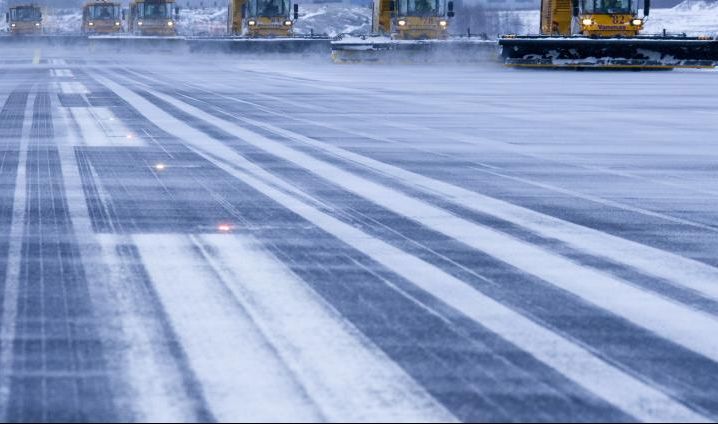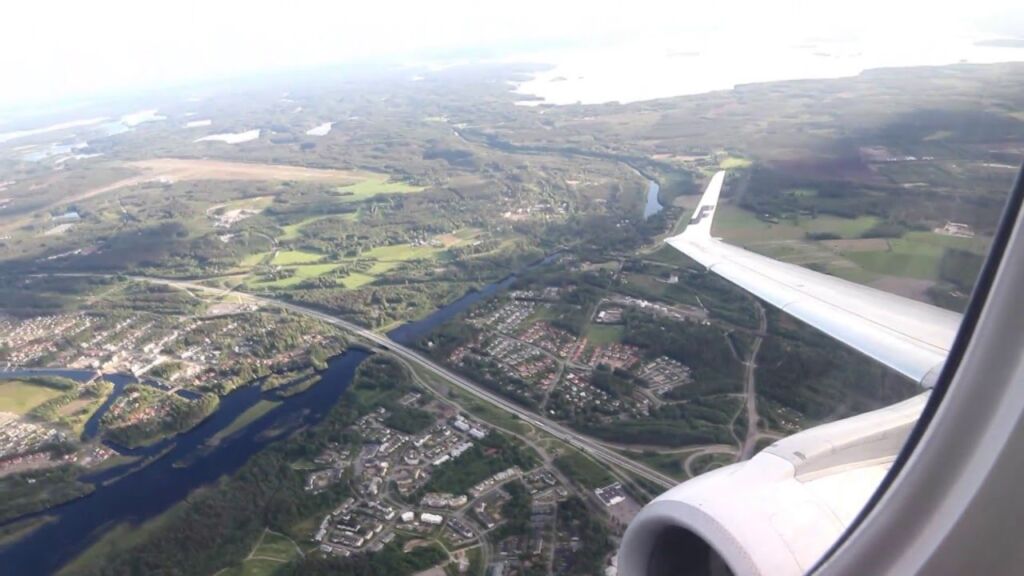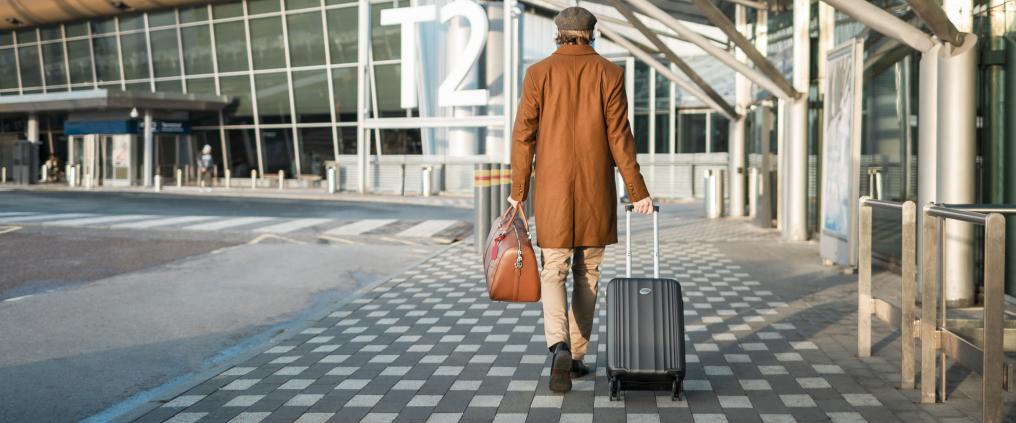“Finavia has received very positive feedback on the hygiene and health security of Helsinki Airport in international studies. UVC-technology makes it even easier to maintain a high level of hygiene that is in line with our requirements,” says Sami Kiiskinen, Finavia’s Vice President, Airport Development for Helsinki Airport.
The Kone cleaning devices remove bacteria and viruses from handrail surfaces with a detergent and UVC-technology. Solid dirt is removed from the surfaces of the handrails before UVC disinfection.
“The disinfection devices will be put to work immediately, as the new terminal has nearly 400 metres of escalator handrails,” Kiiskinen says.
At the same time, Finavia will start using Kone air purifiers in the extension’s lifts. They remove bacteria, viruses and dust from the air. Air purification technology was originally developed by the United States National Aeronautics and Space Administration (NASA), and it’s used to purify the indoor air of spacecraft.
“Kone’s goal is to make people flow in buildings and cities safer and healthier. The solutions for the new Terminal 2 extension at Helsinki Airport serve as a model of easy-to-implement health solutions at a time when ensuring a high level of hygiene is extremely important,” says Kati Tuulenmäki, Kone Hissit Oy’s Regional Director for Southern Finland.
New technology is part of Finavia’s development
In international airport comparisons, Helsinki Airport has been receiving good ratings from passengers on the tidiness and cleanliness of the airport for more than 20 years. The high quality level maintained by Finavia has also been noted during the COVID-19 pandemic. Helsinki Airport was recognised as the best European airport of 2020 in its size category. In addition, Finavia received a special award for its active and good work to improve health security.
“For a long time, we have been developing different methods and technologies together with our partners. That is why the introduction of new technologies has gone well. We have ensured the enhanced cleaning of the terminals throughout the pandemic – that is, for almost two years,” says Kiiskinen.








